The silkworm eats mulberry leaves on the mulberry tree.
This sentence succinctly describes the feeding behavior of silkworms, which are the larval stage of the domesticated silk moth (Bombyx mori). Here’s a more detailed explanation:
-
Silkworms and Mulberry Trees: Silkworms are primarily found in Asia, particularly in China, where they have been cultivated for thousands of years for silk production. The mulberry tree (Morus spp.) is the primary food source for silkworms. Different species of mulberry trees are used, but the most common is the white mulberry (Morus alba).
-
Feeding Behavior: Silkworms are highly specialized feeders and can only survive on the leaves of mulberry trees. They begin their life cycle as tiny eggs, which hatch into small larvae. These larvae, or caterpillars, voraciously consume mulberry leaves to grow and develop.
-
Growth Stages: Over the course of about 25-30 days, silkworms go through several stages of growth, known as instars. During each instar, they shed their skin to accommodate their increasing size. The silkworms eat almost continuously during this period, consuming large quantities of mulberry leaves.
-
Nutritional Requirements: Mulberry leaves are rich in nutrients that are essential for the silkworm's growth and development. These leaves contain proteins, carbohydrates, vitamins, and minerals that support the silkworm's rapid growth and eventual cocoon formation.
-
Cocoon Formation: After reaching a certain size, silkworms stop eating and begin to spin their cocoons. The silk fibers produced during this process are made from a protein called fibroin, which is secreted by the silkworm's salivary glands. The cocoons are then harvested for silk production.
-
Economic Importance: The cultivation of silkworms, known as sericulture, has been an important economic activity in many parts of the world, especially in China, India, and Japan. The quality and quantity of silk produced depend heavily on the health and nutrition of the silkworms, which in turn depend on the availability and quality of mulberry leaves.
In summary, the silkworm's diet of mulberry leaves is crucial for its survival and the production of high-quality silk, making the relationship between silkworms and mulberry trees a classic example of mutual dependence in agriculture.

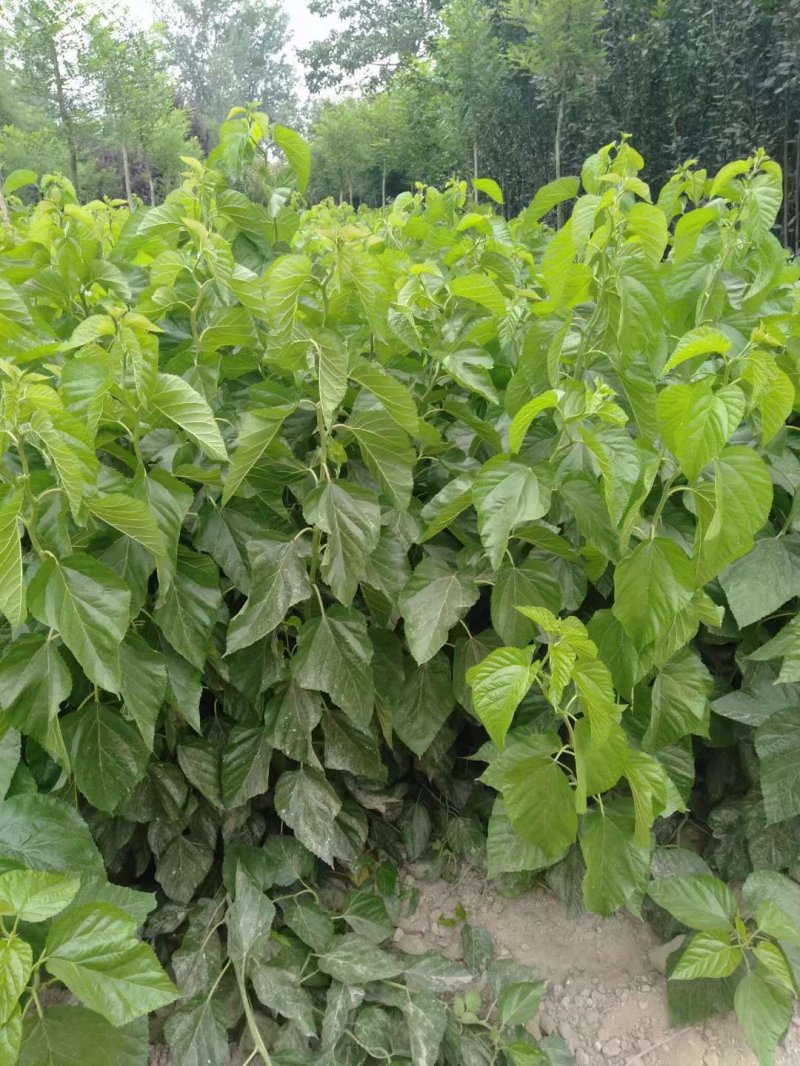
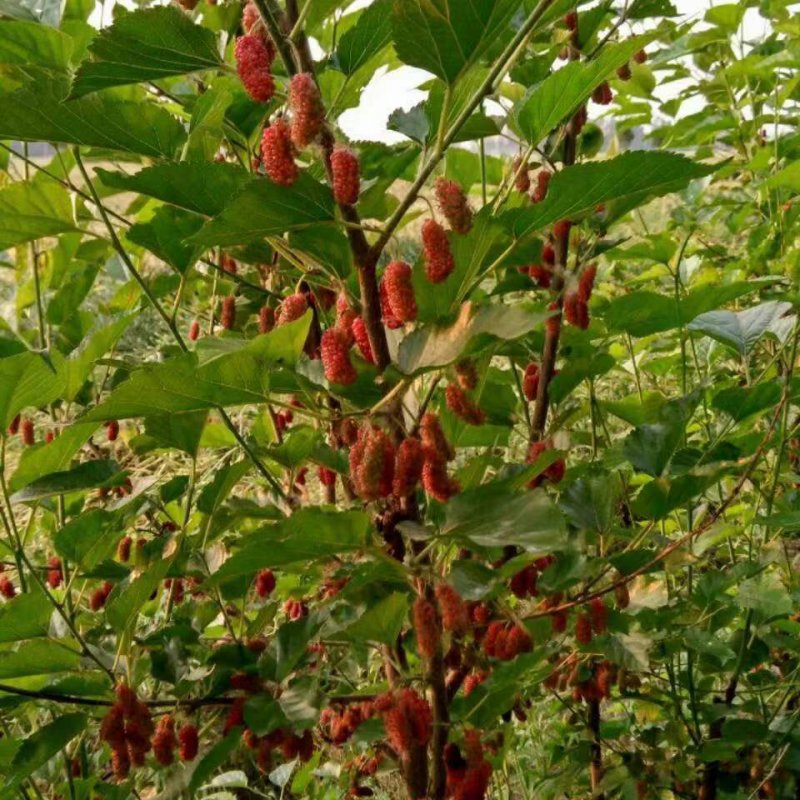
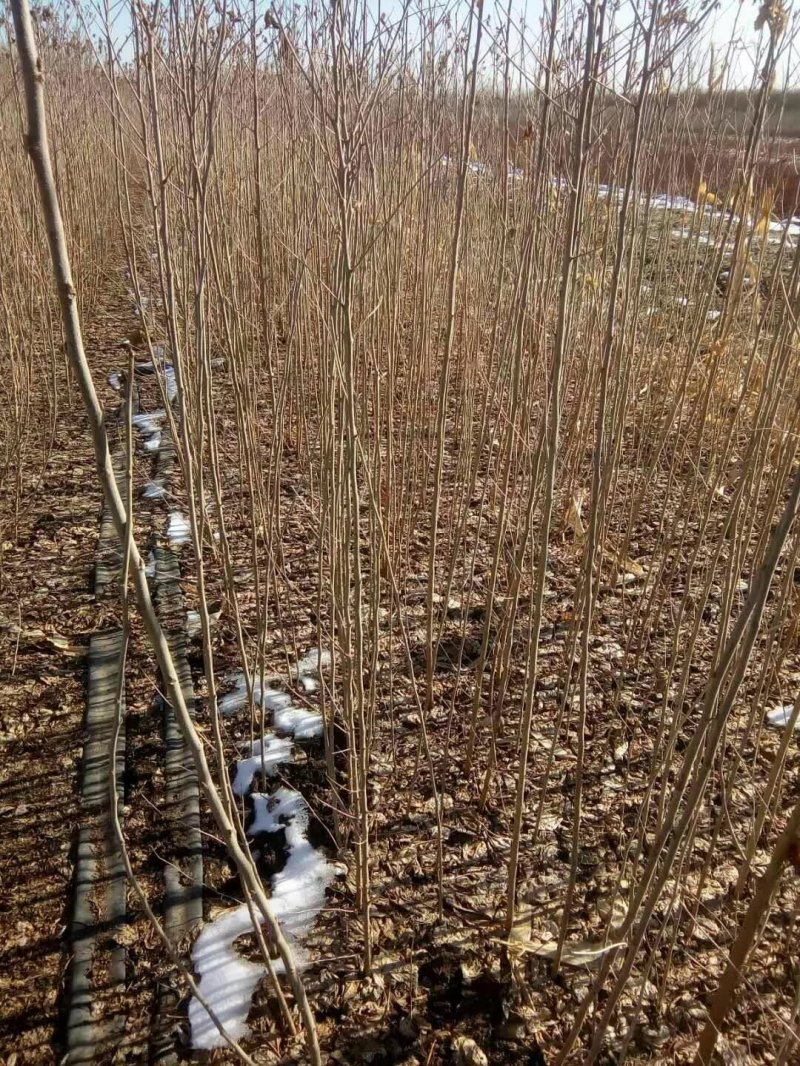
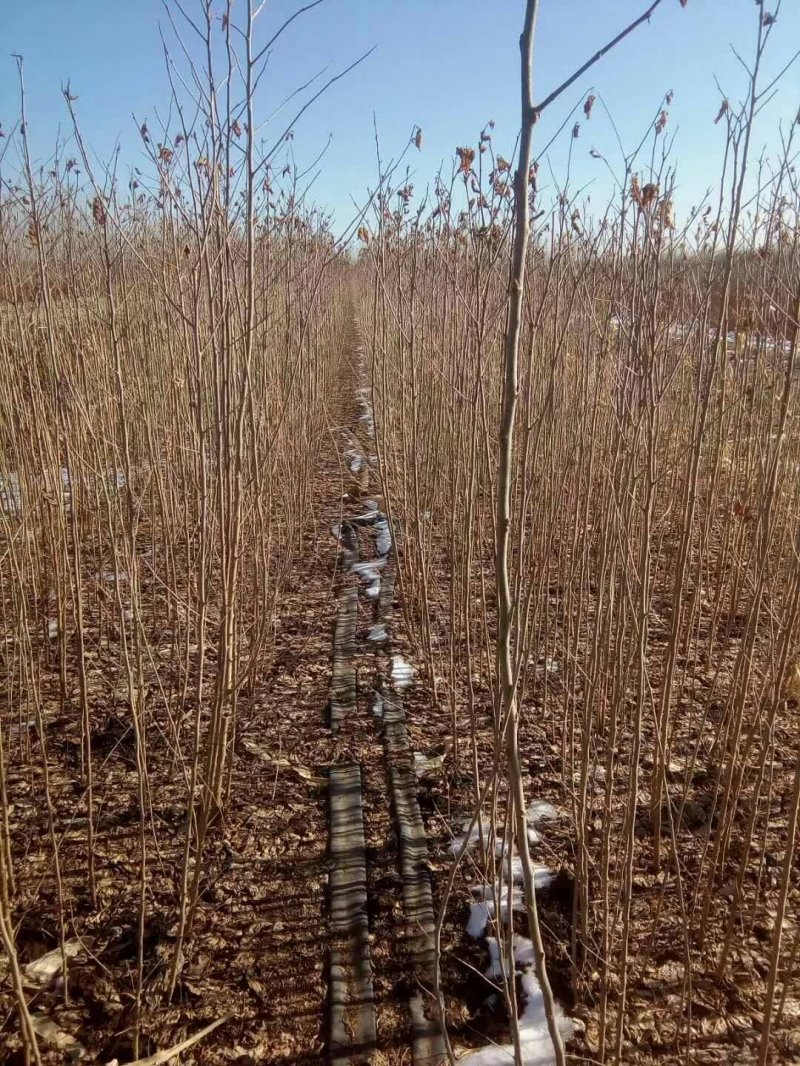

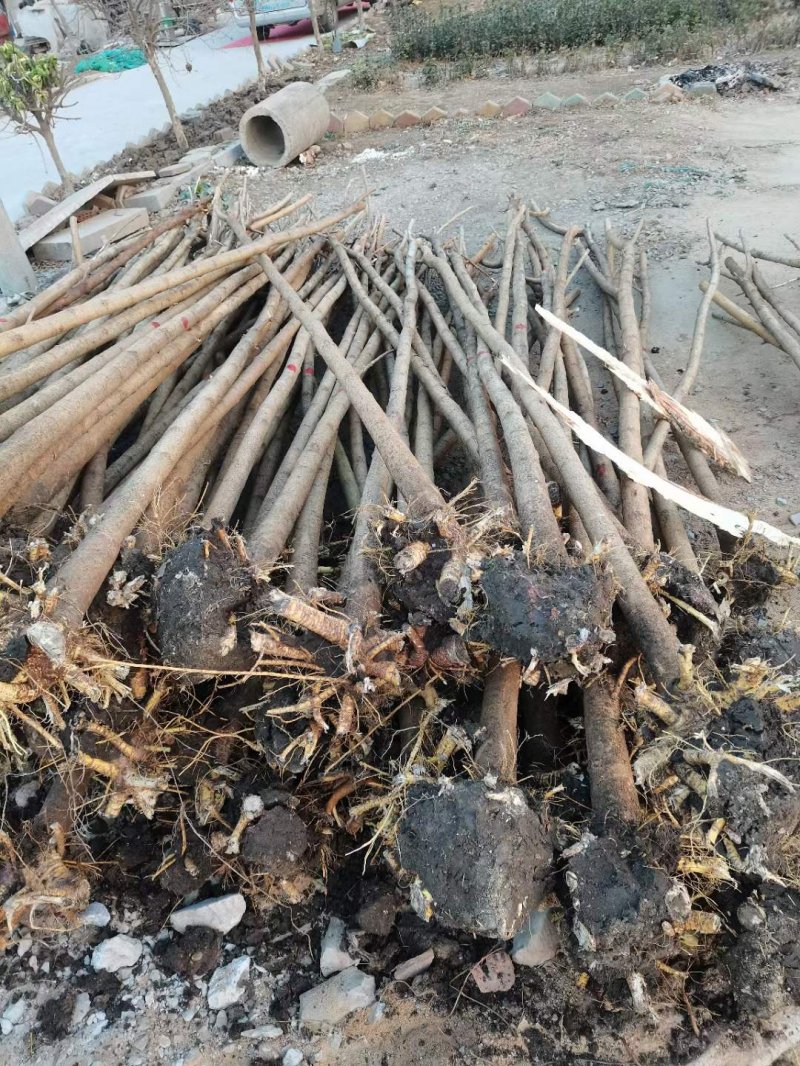

品名:桑樹種子
高度:5~15m
特點:生長快,適應性好。
種植量:3~4kg/畝
種植期:夏秋/視地區
適播地:排水通暢,光照充足,不挑土壤。
供應規格:全新種子/成品樹苗
